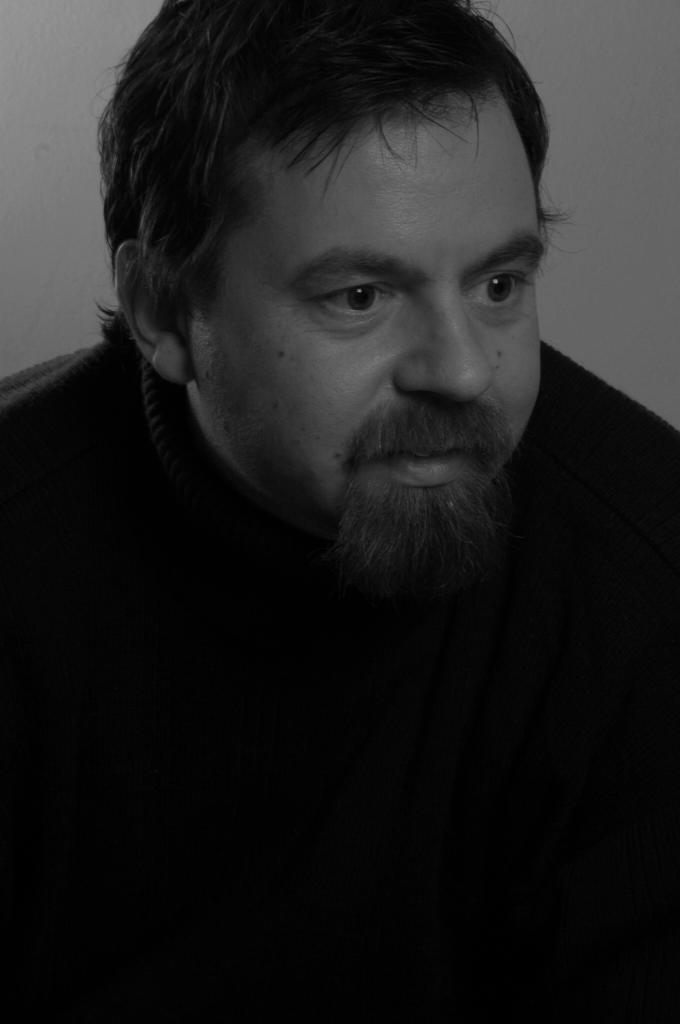
A small village on the Great North Road the locals relied on highway robbery(strikethrough) meeting the needs of travellers for their living, until the coming of the railways in the shape of the Great Northern put a stop to that. The people went back to the land. Now the place is buzzing with industry, prosperity and more shops than you can shake a stick at. It has worn quite well in its 61 years.
The town museum is housed in the basement of the striking church of St George Stevenage, and shows the development from the 1980s to earliest times in that order which struck me as bizarre. Perhaps I just went round the wrong way so if you go ask the girl at the desk.

The museum can show you a Central Office of Information film “Charlie in the New Town” which is a cartoon where the eponymous hero (always wanted to use that word) recounts his former life and contrasts it with his new life as he cycles to work. It really made me want to move there. I might make it Harlow though.
I find it slightly bizarre that Stevenage advertises that no nuclear weapons are in the town. I should hope these are well out of the way in an airfield or submarine somewhere...

If you don’t go to rock concerts, Knebworth may not be on your agenda, or it might be a station you never stop at on a GNER™ train. I did not go to Lord Lytton’s tudor mansion, Knebworth House, but instead went to look at the church originally designed by Lutyens and opened in 1915 before completion. It then took the congregation 50 years to complete the church and by that time the costs had spiralled and they had to abandon the remaining parts of Lutyens design. There’s a guide book in the church that tells you about it. The church has two pulpits, although I suppose one is a reading desk, and I got the impression of rival preachers each declaiming from one of them to a bemused congregation.

There is a super organ in the church with its pipes arranged in two spirals, and the whole church is a simple and dignified setting for worship.
Hatfield station dumps you outside the gates to Hatfield House, home of the Cecils, the Marquesses of Salisbury. The Third Marquess is immortalised in Bronze to greet you at his gates. The admission to the grounds only rather put me off going in, and I could not see in St Ethelreda’s church, although I saw the iron gates that had been forged in Sussex using wooden fires, well before coal.
The Bishop of Ely had a palace here and its beautiful mellow brick lies beyond the stone church. Now the see is St Albans and the Bishop of Ely has left his palace to the Cecils.
Hatfield as new town however is scruffy. There was broken glass in the windows of shops that are still trading. There is a dowdy new town pub (these were to a standard plan and run by the government) however another pub had a lovely inn sculpture of an aircraft in flight.
I didn’t spend long in the new town.


No comments:
Post a Comment